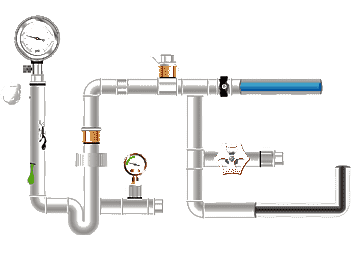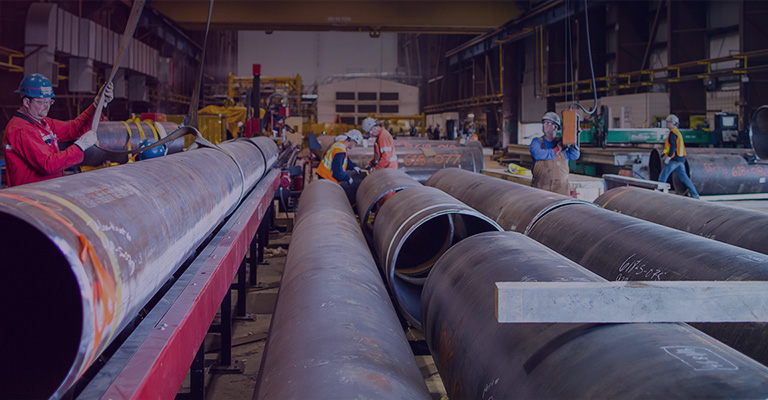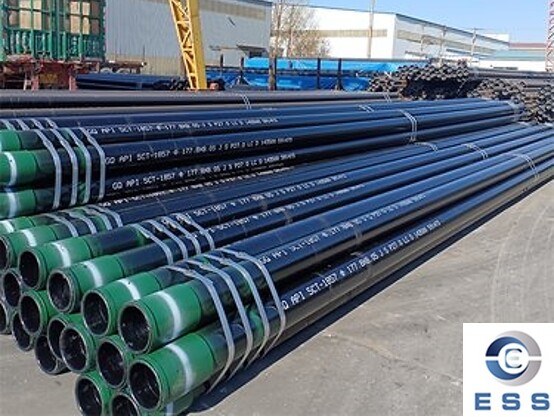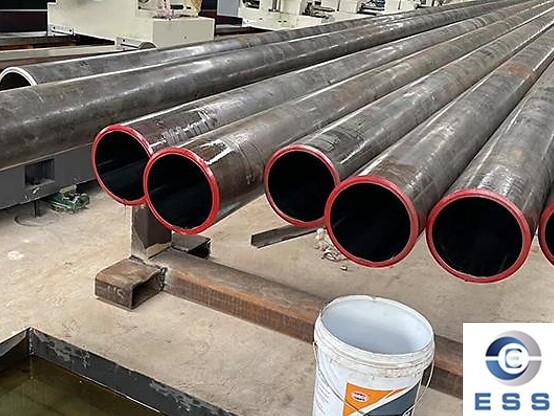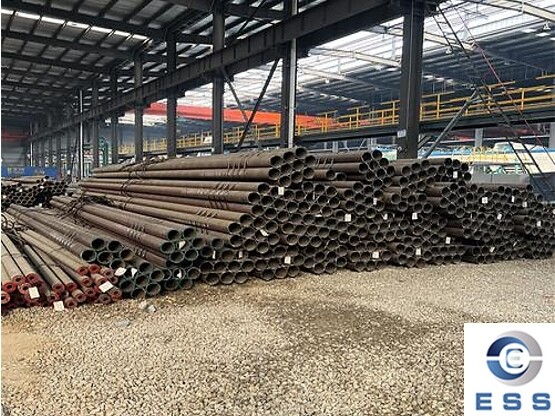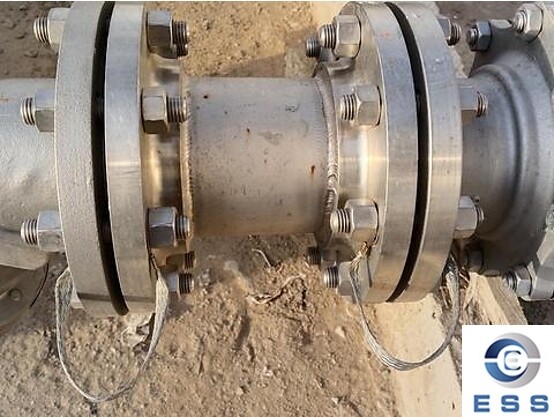
Pipe
flange static jumper is a measure to connect the pipe flange through metal wires to eliminate static electricity accumulation and ensure the
safe operation of the pipeline system.
In the pipeline system, static electricity
is a common physical phenomenon. Due to the flow and friction of the medium in
the pipeline, static electricity may accumulate at the pipe flange. If it is
not eliminated in time, it may cause dangerous situations such as fire and
explosion. Therefore, the use of pipe flange static jumper technology is of
great significance for preventing static electricity problems.
Principle of pipe flange static jumper
Pipe flange static jumper is to install
metal wires between the pipe flanges to form an equipotential body between
them, thereby eliminating static electricity accumulation. When the medium
flows in the pipeline, the static charge generated by friction will be quickly
transferred to the earth through the metal wire to avoid accumulation at the
flange. In this way, even if there is static electricity in the pipeline, it
will not pose a threat to the pipeline system.
Static jumper standard setting
1. Set the ground wire
Before connecting the pipe flange, the
ground wire must be set. Under the condition that the grounding resistance is
less than 1 ohm, a suitable location should be selected for reliable grounding.
The ground wire must be connected to the electrostatic grounding device to
ensure that the potential of the entire system is equal.
2. Electrostatic grounding
The electrostatic grounding of the pipe
flange should meet the following requirements:
The electrostatic grounding resistance
should be less than 10 ohms;
The pipe flange and the electrostatic
grounding body are connected by copper wire;
The electrostatic jumper line should be
directly connected to the earth, and the grounding wire should be well laid to
ensure safety and reliability;
The electrostatic jumper line should be
parallel to the pipeline and no more than 10 meters away from the pipeline;
When setting up the electrostatic jumper,
avoid using the same grounding line as other electrical systems to ensure
electrostatic safety.
3. Detect the effectiveness of the
electrostatic jumper
After completing the electrostatic jumper,
it is necessary to test to ensure the effectiveness of the jumper. The method
is to use a multimeter to test the test point. If the resistance is less than
10 ohms, it means that the electrostatic jumper line is effective.
Implementation steps of electrostatic
jumper
1. Determine the jumper point
Select appropriate jumper points on both
sides of the flange
connection to ensure that the jumper wire can be firmly connected.
2. Choose the right jumper wire
The jumper wire should have good electrical
conductivity, and corrosion resistance and wear resistance should be
considered.
3. Perform the jumper operation
Connect the two ends of the jumper wire to
the selected jumper points to ensure that the connection is firm and reliable.
4. Inspection and testing
After completing the jumper, necessary
inspections and tests are required to ensure that the jumper effect is good and
there is no potential difference.
The role of static jumper on pipe flange
1. Prevent fire and explosion
Static jumper can eliminate static
electricity accumulation at the pipe flange and reduce the risk of fire and
explosion.
2. Protect equipment
Static jumper can reduce the damage of
static electricity to pipeline system equipment and extend the service life of
equipment.
3. Improve work efficiency
By eliminating static electricity problems,
the pipeline system can be ensured to operate stably and work efficiency can be
improved.
How to correctly perform static jumper
on flange
1. First, you need to select the right
tools and grounding wire materials.
2. Select the flange position and remove
the surface dirt on the flange.
3. Use tools to remove the protective
elements on the flange to expose the metal surface.
4. Connect the grounding wire port to the
flange.
5. Connect the grounding wire at the other
end to the ground or grounding rod.
6. Tighten the flange gently by hand to
tightly combine the flange and the grounding wire.
Summary
In short, the static jumper of the pipe
flange is an important measure to ensure the safe and stable operation of the
pipeline system. By understanding its principles and functions and taking
correct operating guidelines and precautions, static electricity problems can
be effectively prevented and solved, providing strong guarantees for the safe
operation of the pipeline system. In practical applications, a reliable flange supplier,
suitable metal wire, installation method and maintenance cycle should be
selected according to the specific situation to ensure the effectiveness and
reliability of the static jumper facilities.









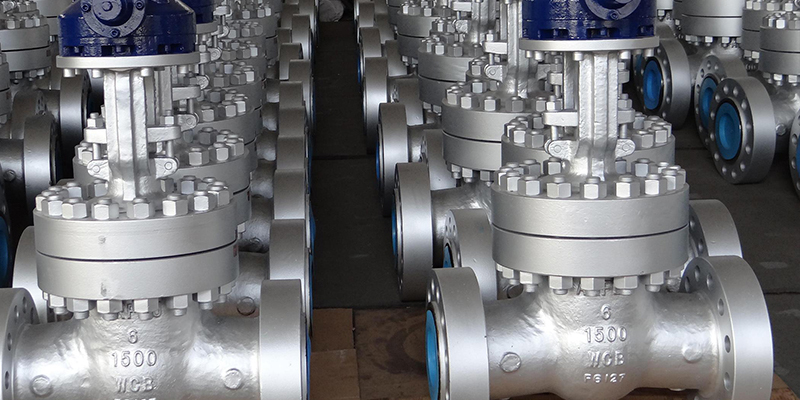
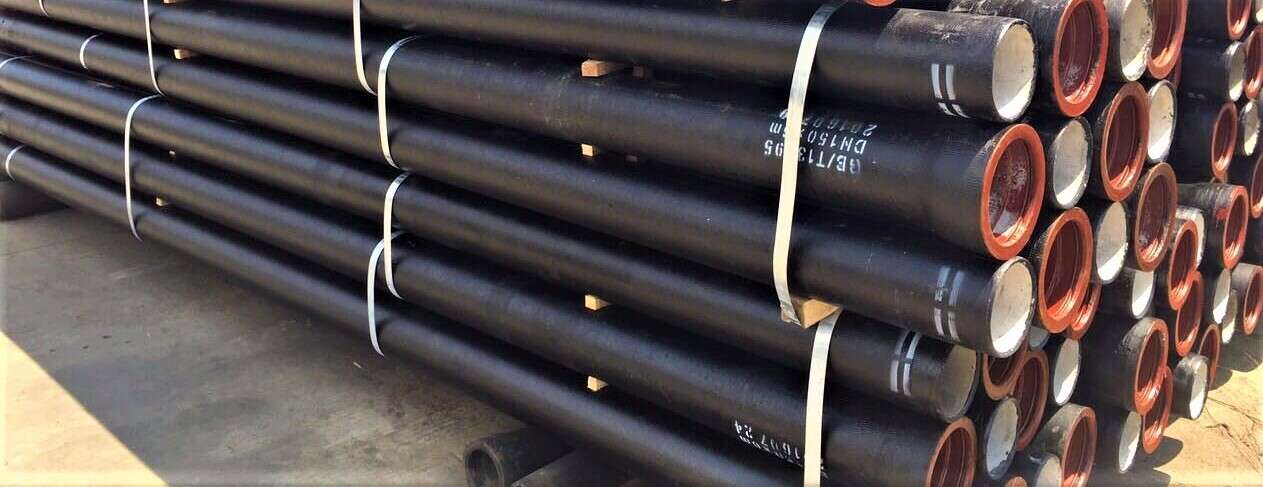


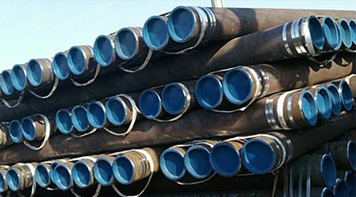 Eastern Steel Manufacturing Co.,Ltd not only improve product production and sales services, but also provide additional value-added services. As long as you need, we can complete your specific needs together.
Eastern Steel Manufacturing Co.,Ltd not only improve product production and sales services, but also provide additional value-added services. As long as you need, we can complete your specific needs together.
